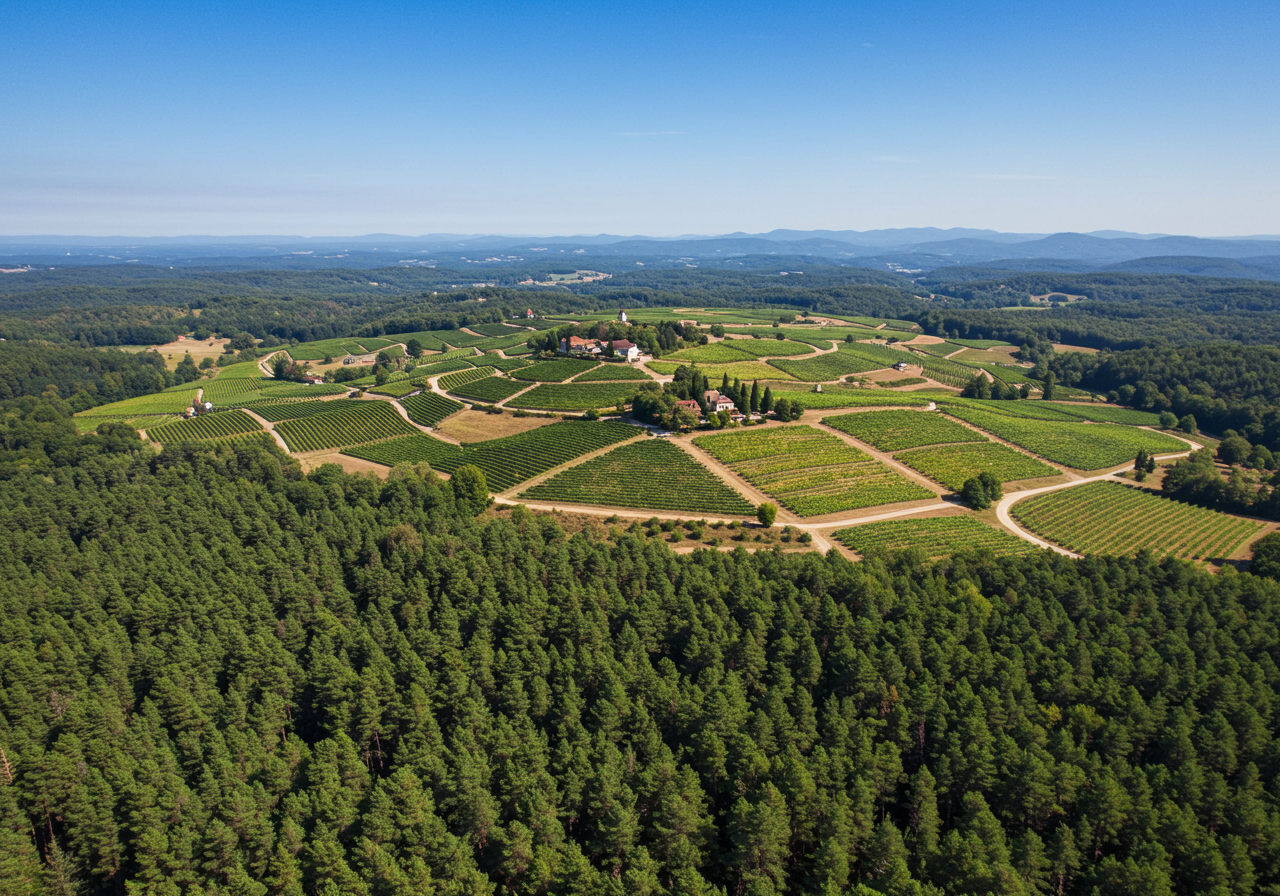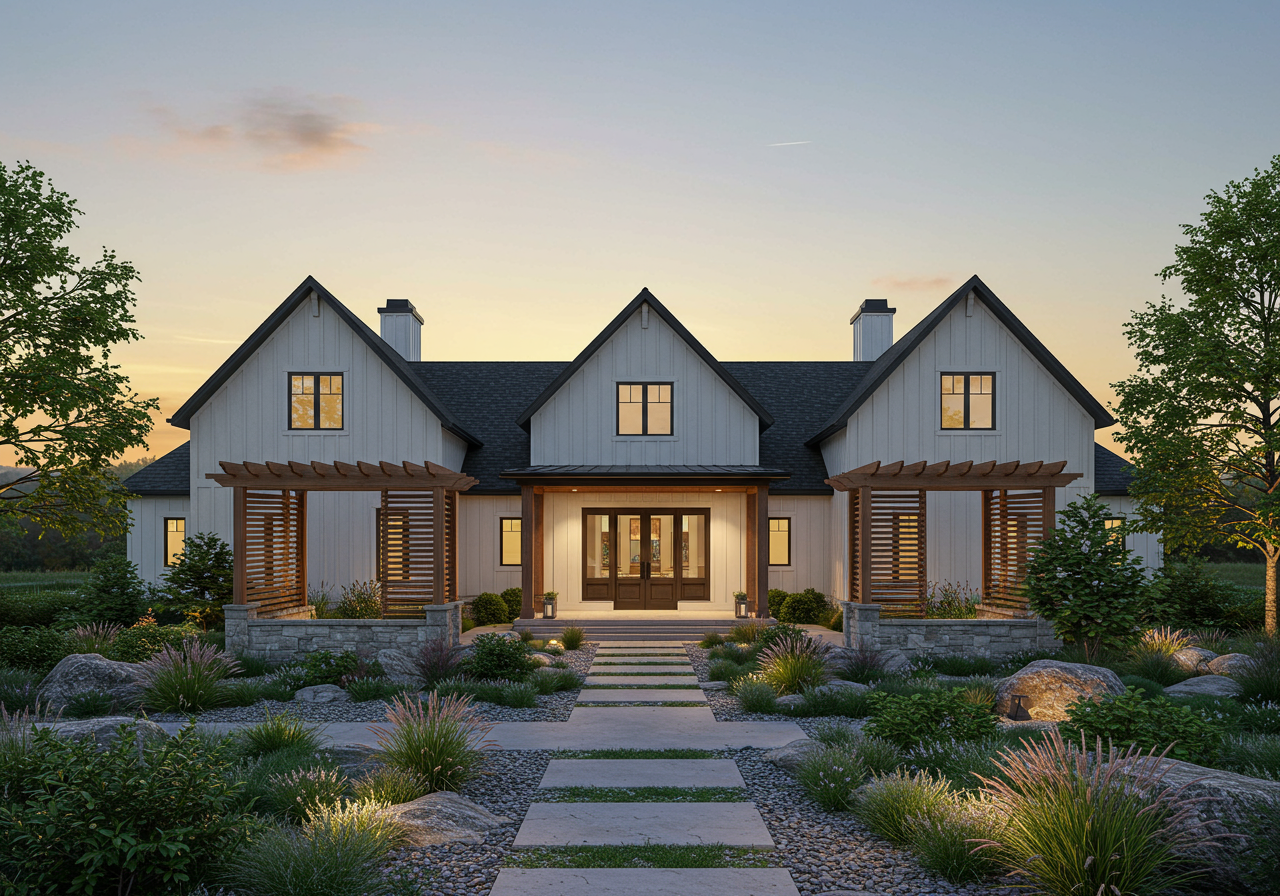Valuation practices for residential real estate in most areas are consistent. You will likely end up with valuations based on price per square foot, location, amenities, etc., in comparison with other comparable properties with adjustments made for differences. This works fine for the residential market, but I find a disconnect in understanding by consumers when you start adding components found in more typical Wine Country properties, which may feature additional acreage, vineyards, plantable land, timber, or even a winery. Lets take a moment to dive in a little deeper to better understand how an appraiser may look at a property with these sort of features.
The Process
Typically, no two properties of acreage or with agricultural components are the same, making direct comparable market analysis nearly impossible. The value of most of these unique properties is a sum of the value of its components. To overcome differences in comps, we need to break down each comparable sale into separate components.
Land Value
The first component is site value. This site value is typically 1 or more acres which would be considered a buildable homesite on the property. This site value is usually equal to the standalone value of a smaller buildable parcel in the area. For example, a 1 acre parcel down the road sold for $500,000, then a nearby parcel of 20 acres would have an allocation of 1 acre of its land to site value at $500,000. Site value is the input in a valuation which also takes location into consideration.
Now for the balance of the land. In Wine Country, the balance of the land typically includes surplus recreational land, which is more than likely buffer zone between a neighboring property or view shed protection. Other types of land might include plantable acreage, explained as land that has suitable slopes, soils and availability of water to plant vineyards. This land will trade at values much higher than the surplus recreational land in most, if not all instances. Next we have planted land, in the case of Wine Country, this is most often means vineyard. This acreage will trade at premiums in comparison to surplus recreational land and plantable land. An acre of planted vineyard can range from $30,000 per acre in Mendocino County to values of almost $1,000,000 per acre in more prestigious areas of Napa. There are other variables which may contribute to the value of an acre of vineyard, such as the vineyards age, health, production history, varietal and more.
A second type of site value may also be present on certain Wine Country properties with winery components. This site value is mainly derived from a Use Permit to produce wine, in Sonoma and Napa Counties. Since a Use Permit runs with the land, these Use Permits, create value. Use Permits are necessary to produce wine in Sonoma and Napa Counties. Certain Use Permits are more generous with allowances than others, leading to higher values. An example would be a permit which allows on-site tasting and events, in comparison to a permit which would only allow production. These Use Permits also limit the amount of wine which can be produced and dictate where the fruit can come from. Some wineries are only allowed to produce wine with fruit grown on site or from the county in which the winery is located. Other permits allow fruit to be imported from out of the area within certain parameters. Location is another impacting factor in this type of site value. A prime Napa Valley location with generous Use Permit can add up to $6,000,000 in value.
Improvement Value
The next component of substantial value in the valuation process is typically residential improvement value. Value for residential improvements is usually based on price per square foot. The price per square foot of residential improvements is determined based on allocations for similar improvements on other somewhat comparable properties. This price per square foot can also be adjusted in instances where no direct comparable sales can be found. Adjustments may be necessary for quality of improvements as well. Accessory dwellings are also valued this way, at a potentially discounted rate from the main residential improvements.
Ancillary improvements, such as barns, shops, etc., are valued in a similar fashion, and nearly always trade at less per square foot than the residential improvements. Other improvements that can add value are pools, landscaping and reservoirs, to name a few.
To Sum Things Up
While no two properties are the same, especially in rural Wine Country, values can be determined by using a creative approach to the standard comparable market analysis. This involves using similar properties as comparable sales, and then dissecting them to determine unit values for each component. The sum value of the components is then added to determine a total potential value.
Our market and properties are unique and deserve more discretion when valuing than most cookie cutter residential properties. As our market changes, so do values. If you are curious what might be happening to the value of your unique asset in todays market, please feel free to reach out and we would be happy to provide a valuation or component value ranges for your area with no obligation, employing the methods mentioned above.

